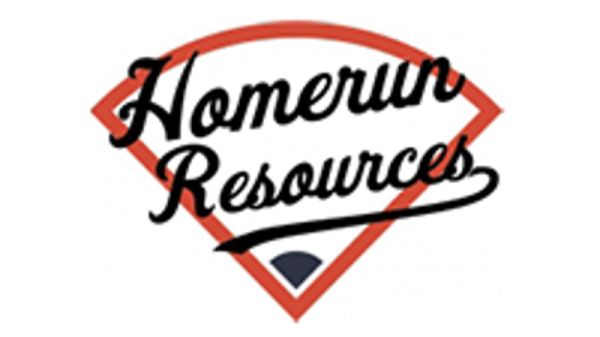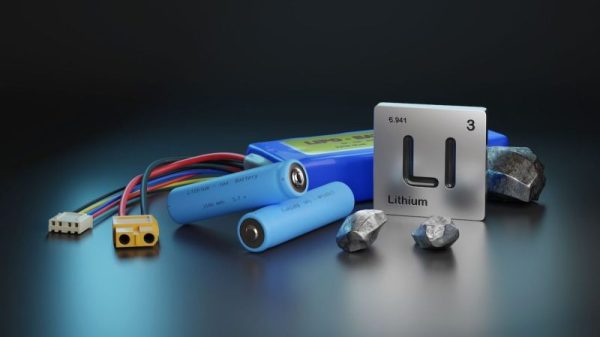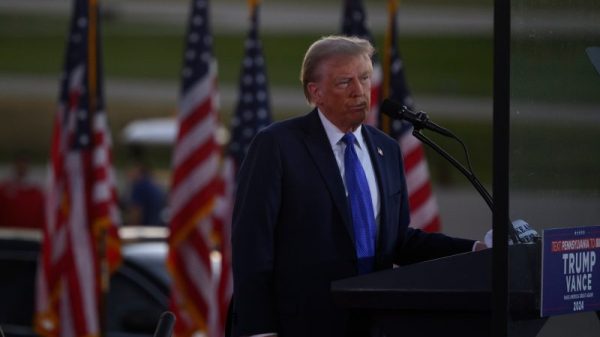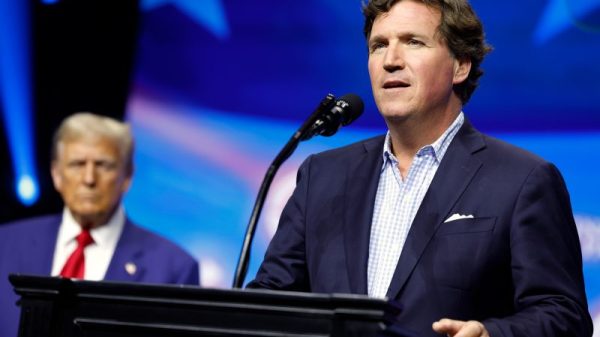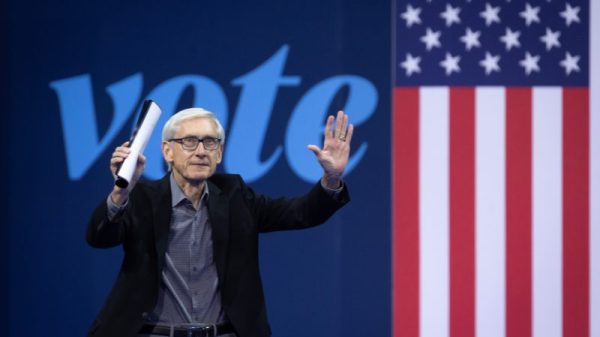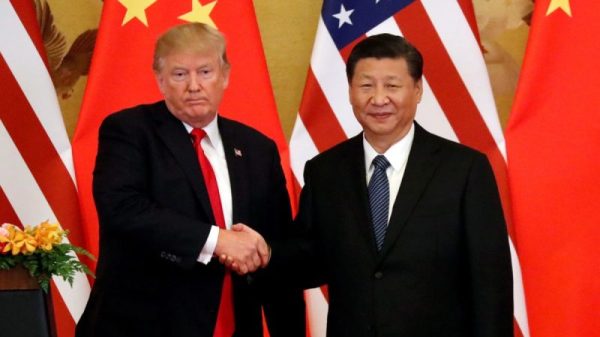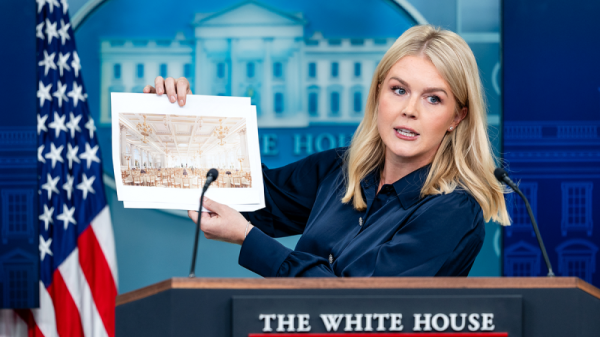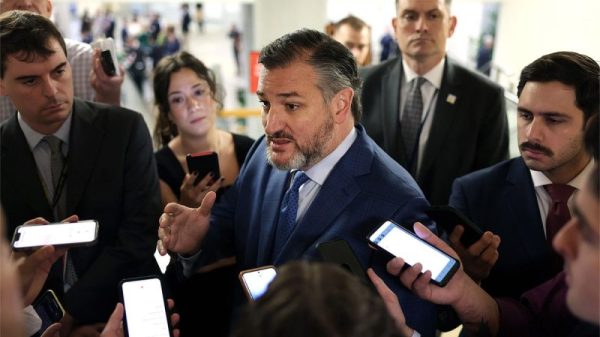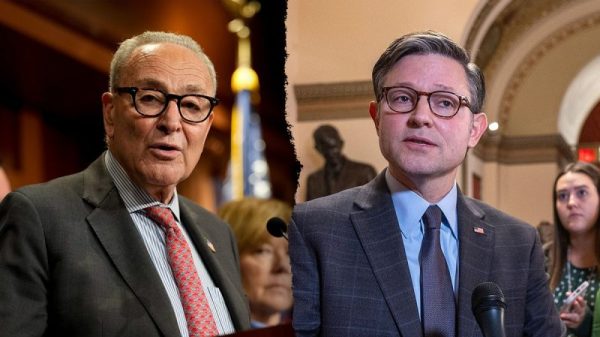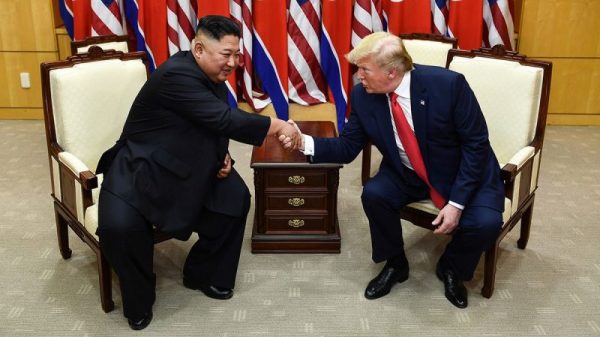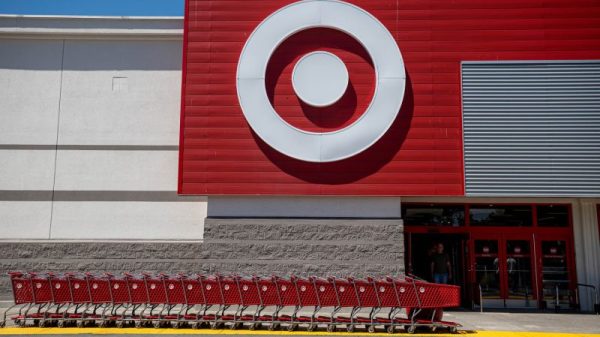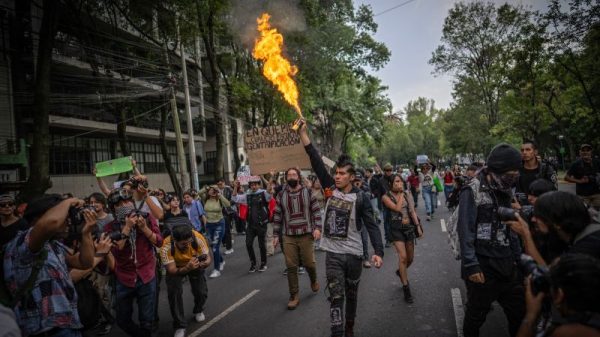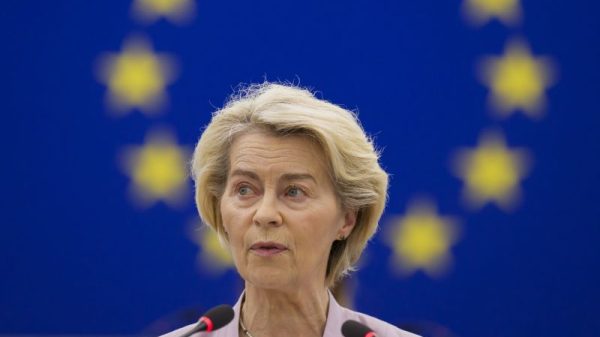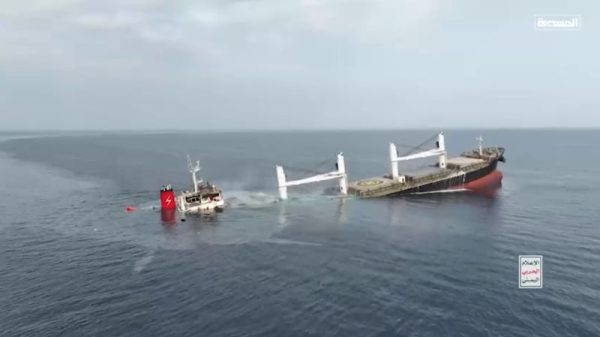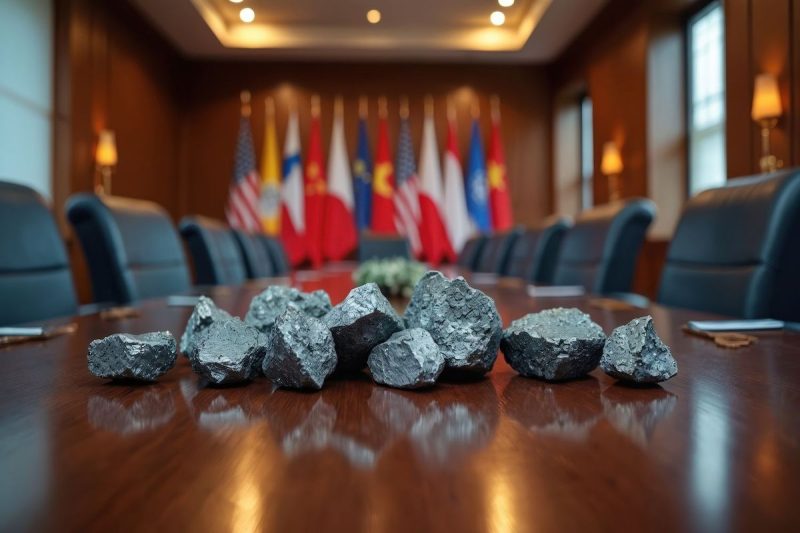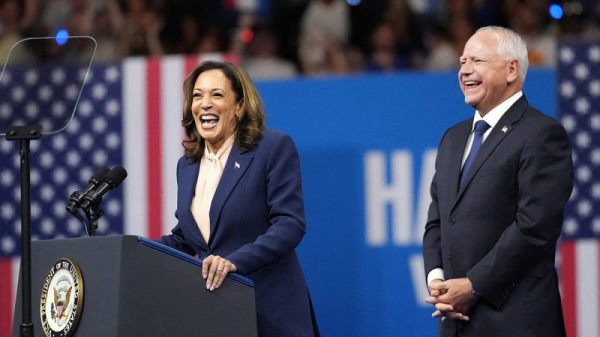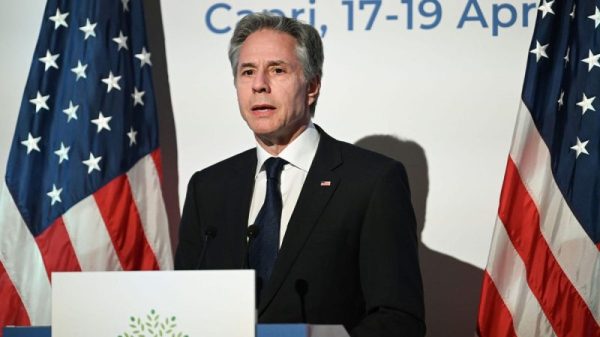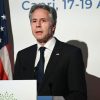Ottawa’s push to strengthen trade links with Europe is moving ahead on two tracks: investing in new port infrastructure at home and formalizing a minerals partnership with Germany abroad.
Speaking alongside German Chancellor Friedrich Merz in Berlin, Prime Minister Mark Carney confirmed Tuesday (August 26) that Canada would support major new infrastructure projects, including a new port in Churchill and an expansion of Montreal’s Contrecœur terminal.
He also shared a bilateral agreement with Germany to cooperate on critical minerals development which will bring the two countries working together on project financing, technological development and supply-chain integration.
“A number of those investments, the first of which we will be formally announcing in the next two weeks, are with respect to new port infrastructure,” Carney said.
The new facilities, he added, would reinforce Montreal’s port system and create “enormous LNG plus other opportunities” in Churchill, alongside upgrades to other East Coast ports to handle critical metals and minerals.
The announcements deliver on a central campaign promise by Mr. Carney’s Liberals to advance large-scale infrastructure projects as a counterweight to US President Donald Trump’s protectionist trade policies.
Germany agreement
Natural Resources Minister Tim Hodgson signed the minerals agreement with his German counterpart in Berlin.
While not legally binding, the deal outlines plans to coordinate investment and appoint envoys to deepen cooperation in sectors ranging from electric vehicles to aerospace and defence.
“So there is a lot happening,” Carney added. “The number one focus of this government is to build that infrastructure, and particularly infrastructure that helps us deepen our partnership with our European partners, and particularly Germany.”
Germany is Canada’s largest European trading partner, with bilateral trade in goods reaching US$30.5 billion last year. For Berlin, diversifying supplies of energy and industrial inputs remains a priority after the country cut reliance on Russian natural gas following Moscow’s invasion of Ukraine.
Ottawa and Berlin have previously signed memorandums of understanding on hydrogen and critical minerals, including 2022 agreements with Volkswagen (OTC Pink:VLKAF,FWB:VOW) and Mercedes-Benz Group (OTC Pink:MBGAF,ETR:MBG) to secure supplies of nickel, cobalt and lithium for electric vehicle batteries.
Canada’s economy has long depended on the US market, and the intensifying trade dispute with Washington has accelerated Ottawa’s drive to find new outlets.
The Prime Minister has framed Europe as Canada’s most reliable alternative, calling the country “the most European of non-European nations.”
His current trip marks his fourth visit to the continent since taking office in March, with stops in Ukraine, Poland, Germany and Latvia.
For Churchill, a new port would be a welcome transformation.
The northern Manitoba town’s existing facilities have largely been used for grain exports. Expanding its capacity to handle liquefied natural gas and minerals could give Canada another strategic outlet to Atlantic markets, bypassing congested southern corridors and reducing dependence on US ports.
US adds minerals to list
While Canada seeks to deepen European ties, Washington is reinforcing its own approach.
On Monday (August 25), the US Department of the Interior released a draft 2025 list of 54 critical minerals deemed vital to the economy and national security.
For the first time, copper, silver and potash were included, alongside silicon, rhenium and lead.
“President Trump has made clear that strengthening America’s economic and national security means securing the resources that fuel our way of life,” Interior Secretary Doug Burgum said in a recent press release.
“This draft list of critical minerals provides a clear, science-based roadmap to reduce our dependence on foreign adversaries, expand domestic production and unleash American innovation.”
The list, updated every three years under the Energy Act of 2020, guides federal investment, permitting, and recycling strategies. It originated with a 2017 executive order that directed agencies to assess US vulnerabilities in mineral supply chains.
The US Geological Survey tested more than 1,200 disruption scenarios for 84 minerals across 402 industries. The analysis flagged rare earths such as dysprosium, terbium and lutetium among the commodities posing the highest potential risks.
Securities Disclosure: I, Giann Liguid, hold no direct investment interest in any company mentioned in this article.



